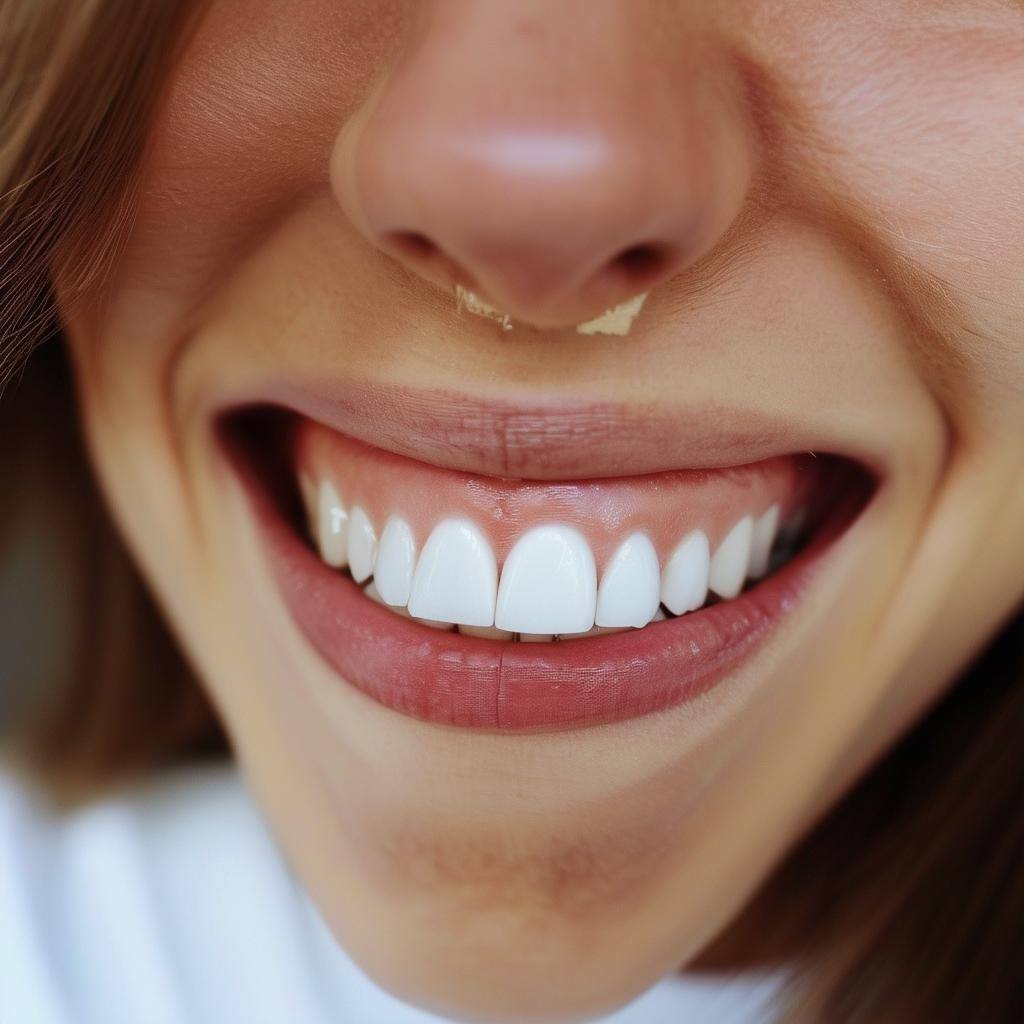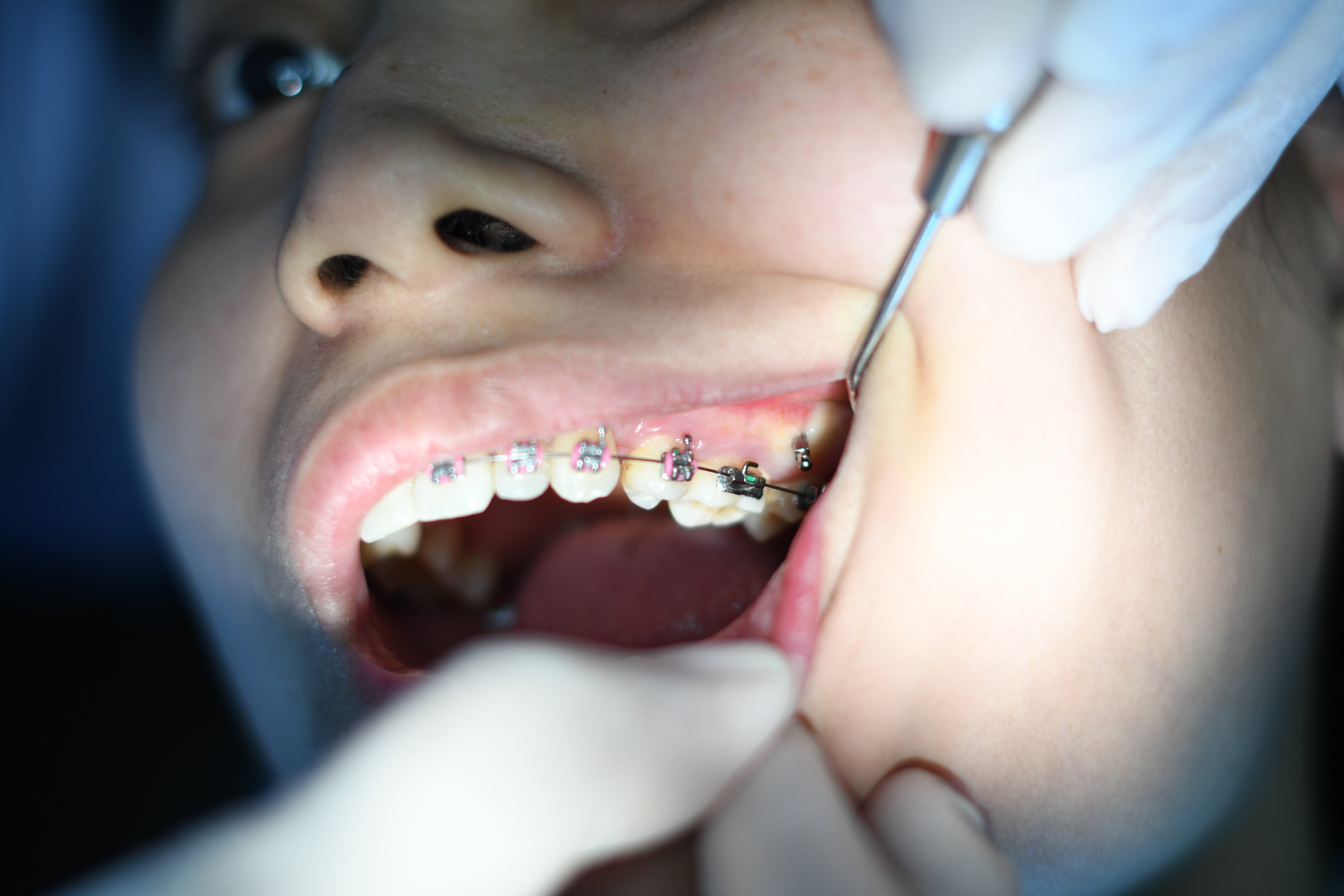At Smithfield Dental we use a few different methods to whiten teeth, which typically involve stronger whitening agents than those available over-the-counter. Here are the main professional whitening techniques:
1. In-Office Whitening (Zoom, Beyond, etc.)
- Process: This is a quick and effective treatment performed in our clinic. The dentist applies a high-concentration bleaching gel (usually containing hydrogen peroxide or carbamide peroxide) directly to the teeth.
- Duration: The procedure usually takes about 60-90 minutes and can result in teeth becoming several shades whiter in just one session.
- Advantages: It’s fast, and the results are usually more dramatic compared to over-the-counter products. Dentists can tailor the treatment to your needs.
2. Take-Home Whitening Trays
- Process: Dentists create custom-fitted trays for your teeth and provide a professional-grade whitening gel (often containing carbamide peroxide). You wear the trays for a specified amount of time, typically a few hours each day or overnight, depending on the concentration of the whitening agent.
- Duration: Treatment generally lasts 2 weeks, and the results are often more gradual compared to in-office whitening.
- Advantages: You can whiten your teeth in the comfort of your own home, and the custom trays help ensure the gel is applied evenly and doesn’t irritate your gums.
3. Laser Teeth Whitening
- Process: This method is similar to in-office whitening, but it involves the use of a laser to activate the whitening gel. The laser helps speed up the bleaching process, allowing the gel to penetrate the enamel and lift stains more effectively.
- Advantages: Some patients find laser whitening to be faster than traditional in-office treatments, although it’s more expensive.
4. Internal Bleaching (For Non-Vital Teeth)
- Process: If a tooth has been root-canaled and is discoloured from within, a dentist may perform internal bleaching. This involves placing a bleaching agent inside the tooth and sealing it temporarily to let the whitening process occur from the inside.
- Advantages: It's a good option for teeth discolored due to a root canal treatment or trauma.
Key Ingredients Used in Professional Whitening:
- Hydrogen Peroxide: The most common ingredient in professional whitening treatments. It penetrates the enamel and breaks down the stains inside the tooth.
- Carbamide Peroxide: A compound that breaks down into hydrogen peroxide when applied to teeth, though it typically works slower than hydrogen peroxide.
Aftercare and Considerations:
- Sensitivity: Some patients experience tooth sensitivity or gum irritation after whitening, which is usually temporary.
- Results: The results from professional whitening are often more dramatic and long-lasting compared to over-the-counter products, but lifestyle factors (like smoking or drinking coffee) can affect how long the whitening lasts.
- Maintenance: Dentists might recommend touch-ups with at-home whitening products, especially if you have deep or stubborn stains.
Would you like to know more about a specific type of whitening treatment or how to maintain results? Book an appointment with us today.


